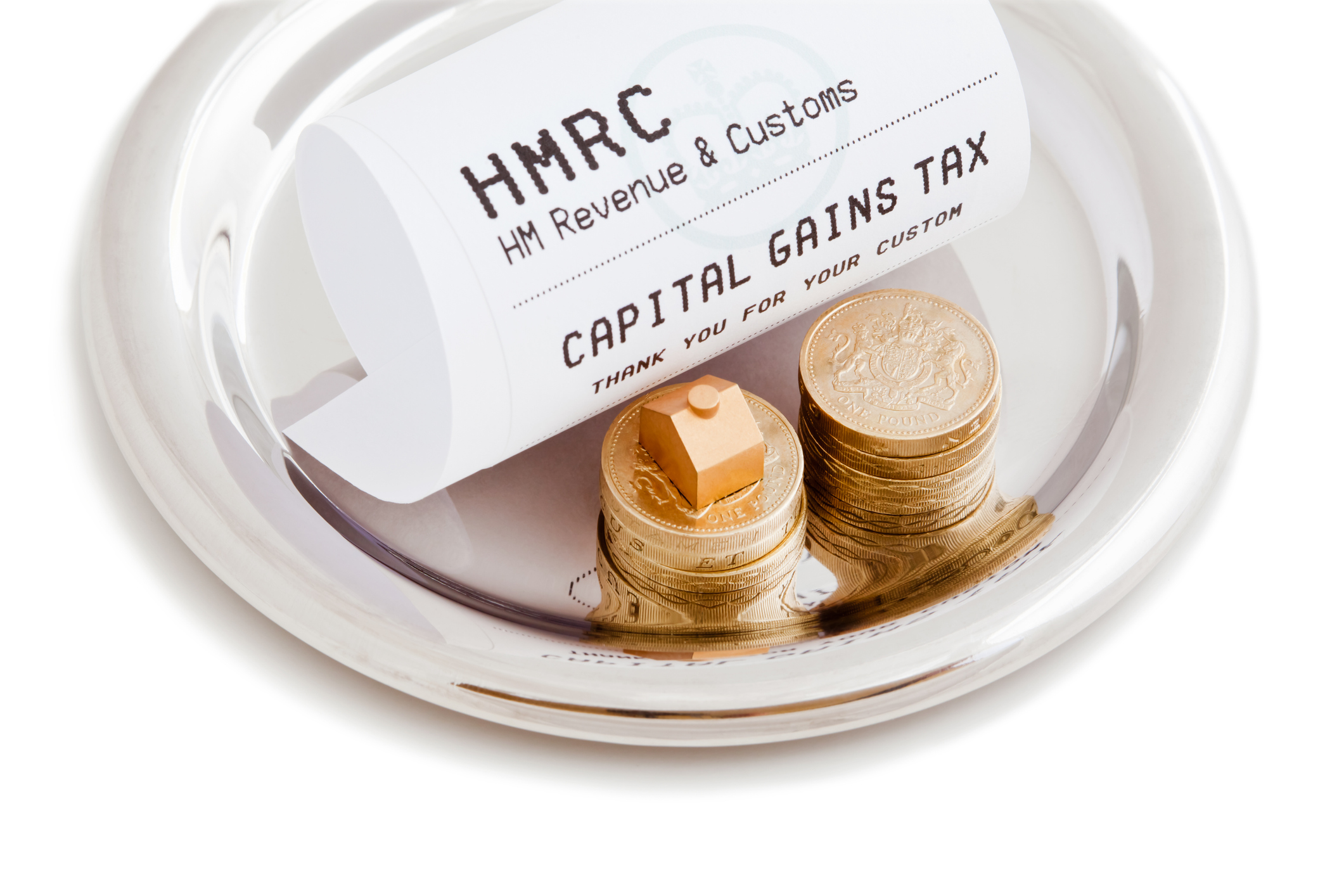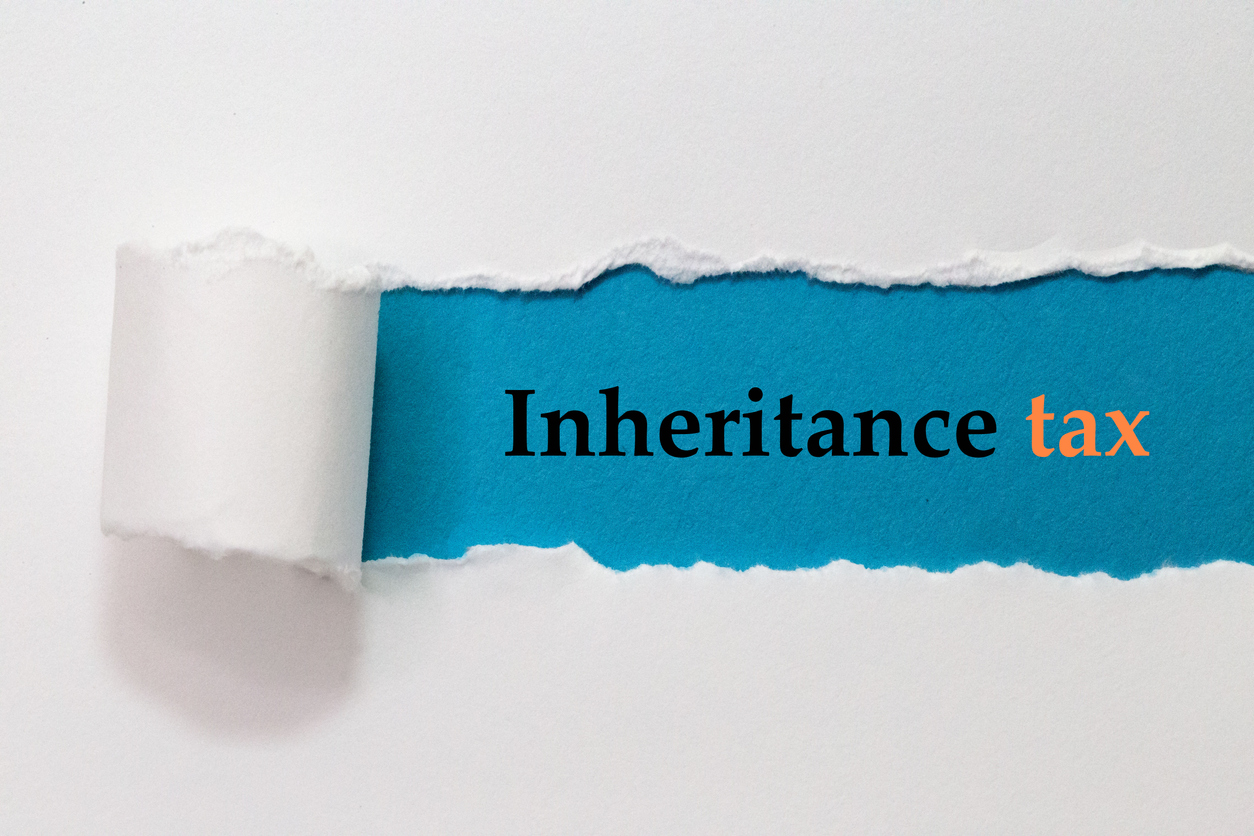
With the end of the Tax Year just around the corner, now is the time to consider any important planning decisions that are needed to ensure that your finances are as tax efficient as possible. This is particularly important as allowances are often lost if not used. The beginning of the next Tax Year heralds a number of changes to tax allowances affecting both Capital Gains Tax and Income Tax, so perhaps even more than ever, it is a good time to reassess the tax-efficiency of your investments and savings.
Make use of the ISA allowance
Individual Savings Accounts or ISAs have become a popular choice for savers and investors over recent years, as they enjoy a preferred tax treatment, whereby all income, interest or dividends generated from the assets held in the ISA are exempt from Income Tax, and any gains made on disposal are free from Capital Gains Tax. An ISA can hold Cash or Stocks and Shares and other investments, and irrespective of which ISA or ISAs are selected, the total contribution limit for adults across all ISAs in the 2022/23 Tax Year is £20,000. Taking full advantage of the allowance is important for anyone who pays Income Tax on their savings or dividend income or wants to avoid Capital Gains Tax on future gains.
The Junior ISA allowance is £9,000 in the current Tax Year. Junior ISAs let you save and invest on behalf of a child under 18 in a tax-efficient manner, and as with the main ISA allowance, this allowance is lost if not used.
Review Investment Portfolios
For those who hold investments outside of an ISA, it is more important than ever to consider whether it would be sensible to use the annual Capital Gains Tax allowance. This allowance covers the gain on disposal of assets (such as shares, investments and second properties) and in the current Tax Year, the allowance is £12,300 per person. In the 2023/24 Tax Year, this allowance will more than halve to £6,000 and then halve again to just £3,000 in the 2024/25 Tax Year. Any gains in excess of this allowance are taxed at 10% or 20% (in the case of investments) and 18% and 28% (for property), with the tax rate dependant on the overall tax position of the individual.
The Capital Gains Tax allowance can’t be carried forward, so it is important to consider whether it would be appropriate to sell assets to use the available Capital Gains Tax allowance, in particular as the allowances will be significantly reduced in future Tax Years.
The annual Dividend Allowance is also reducing from 6th April 2023. In the current Tax Year, the first £2,000 of dividend income is tax-free; however, this will fall to £1,000 for the 2023/24 Tax Year, and then to £500 from 6th April 2024. This will mean many individuals who currently avoid Tax on their dividends will begin paying 8.75% (for a basic rate taxpayer), 33.75% (for a higher rate taxpayer) and 39.35% (for an additional rate taxpayer) on dividend income that exceeds the reducing allowance.
Anyone with an investment portfolio that is not held in a ISA should be actively reviewing their investments to see if any action is warranted before the end of the Tax Year. This is where a comprehensive and independent review of existing portfolios could be a sensible step to take, not only from a tax-efficiency perspective, but also in terms of portfolio asset allocation and structure, and to review whether the portfolio continues to be appropriate for your needs and objectives.
Contribute to a Pension
As we approach the end of the Tax Year, now is the time to consider whether it is appropriate to make further pension contributions. Most individuals can make contributions of 100% of their earnings or £40,000 (whichever is the greater) in each Tax Year. Any unused Pension Annual Allowance can be carried forward for up to three tax years, and therefore anyone wishing to use any unused 2019/20 annual allowance has until 5th April 2023 to do so. For anyone who does not have a pension in place, and wishes to make large contributions in the future, making a contribution in the current Tax Year could mean that any unused Allowance in this Tax Year can be carried forward for use in the next three Tax Years.
Inheritance Tax planning
The annual Gift exemption is an annual amount that you can give away without having to pay any attention to the Inheritance Tax implications of making the gift. The annual exemption is £3,000 per individual, and couples could therefore give £6,000 away each Tax Year. This exemption can only be carried forward for a single Tax Year, so it is important for those who want to maximise this exemption to take action.
In addition to making gifts out of capital, surplus income can also be gifted away under certain circumstances. These rules are complex, but in short, if you have sufficient income and the amount you wish to gift does not reduce your standard of living, then making regular gifts of excess income could be sensible planning and reduce a potential liability to Inheritance Tax. We believe it is important to seek advice and guidance if you are planning to take advantage of these rules, and also to keep good records of actions taken.
The benefit of a holistic financial review
With the end of the Tax Year fast approaching, making use of available allowances is always important; however, we feel the changes to Capital Gains Tax and Dividend Allowance in the next Tax Year warrant extra attention before 5th April 2023. Speak to one of our experienced financial planners who will be able to undertake a holistic review of your finances to see whether any action is needed before the end of the Tax Year.
If you are interested in discussing the above further, please speak to one of our experienced advisers here.
The value of investments and the income they produce can fall as well as rise. You may get back less than you invested. Past performance is not a reliable indicator of future performance. Investing in stocks and shares should be regarded as a long term investment and should fit in with your overall attitude to risk and your financial circumstance.













